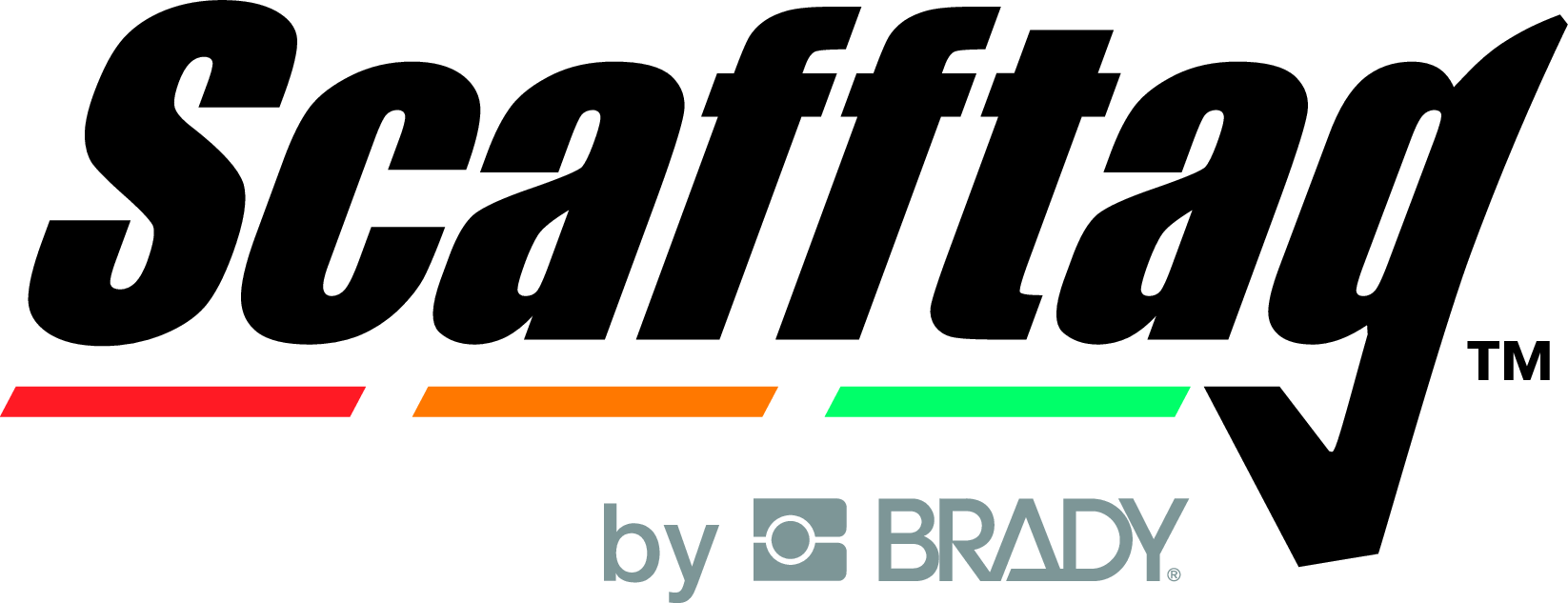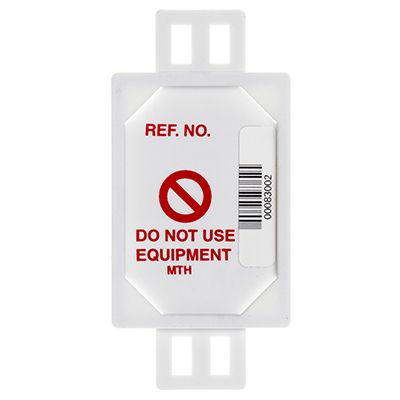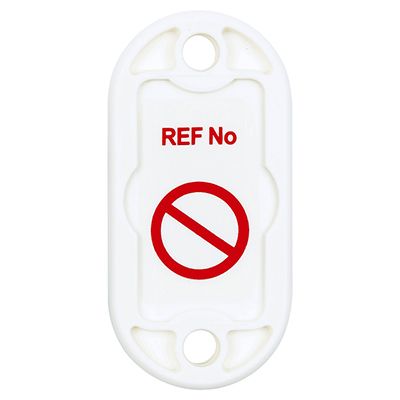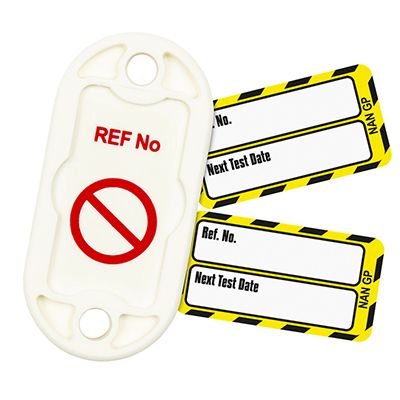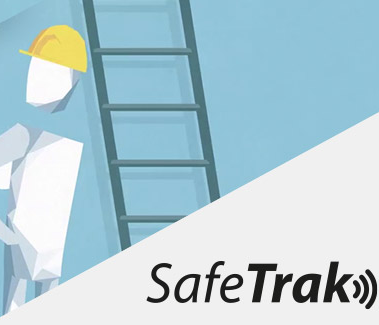PAT testing / small equipment
PAT testing / small equipment
inspection guidance
How to run PAT testing / small equipment Inspection?
It is a process whereby electrical appliances are routinely checked to ensure that they are safe for use. Testing should be carried out at regular intervals to ensure continual safety.
It is often incorrectly assumed that all appliances have to be tested annually. However, what UK law requires is that all appliances are safe, as far as is reasonably practicable. This in effect requires the implementation of a systematic and regular programme of maintenance, inspection and testing.
For guidance in selecting and applying inspection intervals, reference can be made to:
The Code of Practice for In- Service Inspection and Testing of Electrical Equipment, published by the Institute of Electrical Engineers (IEE).
-
- HSE document, Maintaining portable appliances in offices and other low risk environments (IND(G)236L)
- HSE document, Maintaining portable electrical equipment in hotels and tourist accommodation (IND(G)237)
- Maintaining Portable and Transportable Electrical Equipment (HSG107)
- Guidance on the Electricity at Work Regulations 1989 (HSR25)
Additional information such as the testers ID, company ID or fuse rating etc may be added if required.
This information should be attached to the equipment where it can be clearly seen and be capable of withstanding the period between tests without deteriorating. Any equipment that fails a test must contain a clear visual warning of this and be immediately removed from use.
